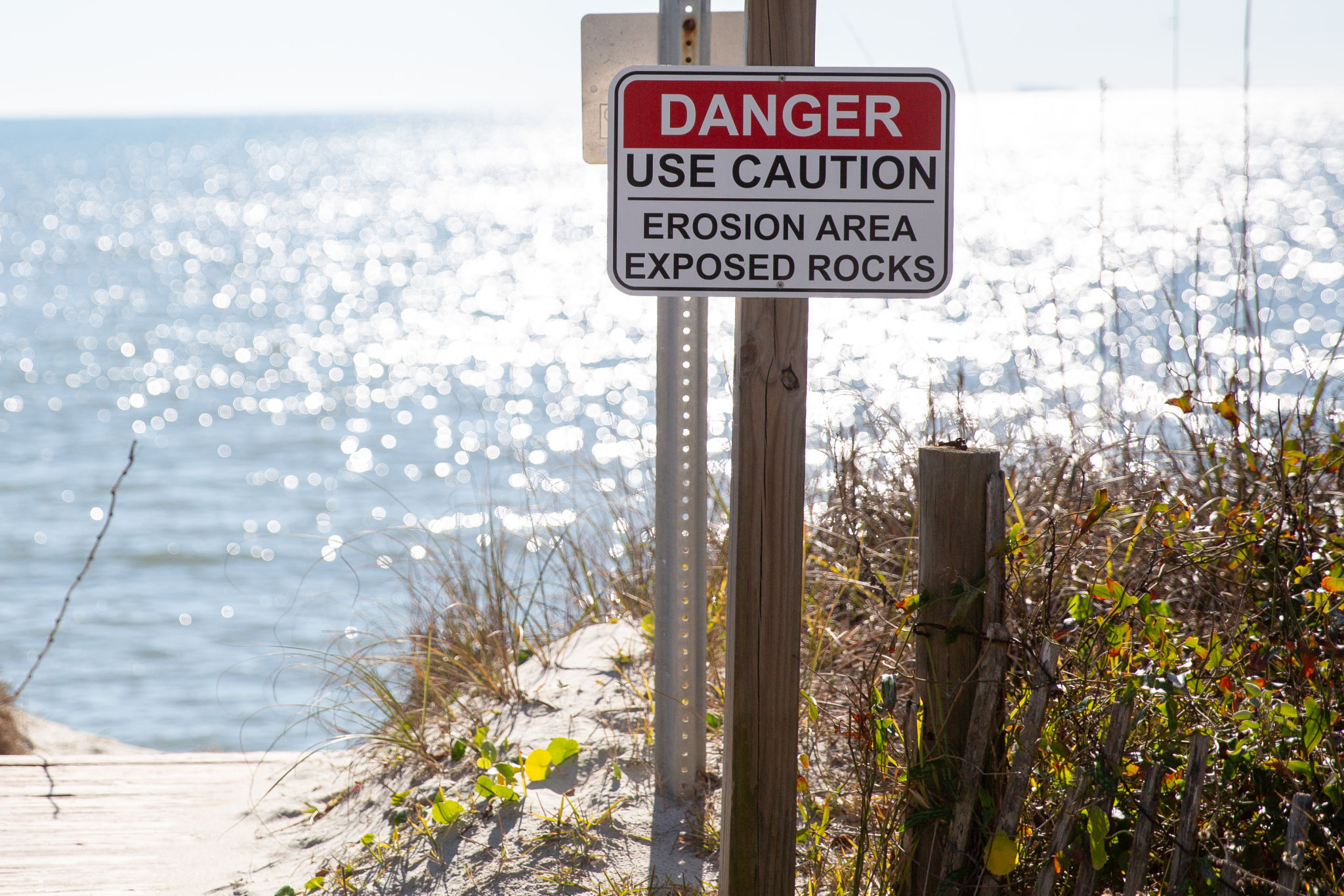Expert Tips on Maintaining Rendered Surfaces in Coastal Areas
Understanding the Challenges of Coastal Environments
Maintaining rendered surfaces in coastal areas presents unique challenges due to the harsh environmental conditions. The presence of salt, high humidity, and strong winds can significantly affect the integrity and appearance of rendered surfaces. Understanding these challenges is the first step toward effective maintenance.

The salt in the air and water can lead to corrosion and degradation of materials, while high humidity can cause moisture penetration and mold growth. Additionally, the constant exposure to strong winds can lead to physical damage and erosion. Therefore, regular maintenance is crucial to ensure longevity and aesthetic appeal.
Choosing the Right Materials for Durability
One of the most effective ways to maintain rendered surfaces in coastal areas is by selecting the right materials. Opt for materials that are specifically designed to withstand salty environments. For example, consider using marine-grade paints and sealants that offer extra protection against saltwater damage.
Additionally, using high-quality render with additives that enhance water resistance can help reduce moisture absorption. These materials not only provide a robust defense against environmental elements but also enhance the overall durability of the surfaces.

Implementing Regular Cleaning and Inspection
Regular cleaning and inspection are vital in maintaining rendered surfaces near coastlines. Schedule frequent cleaning sessions to remove salt deposits, dirt, and other debris that can accumulate over time. This prevents buildup that could lead to corrosion or discoloration.
- Use a soft brush or low-pressure washer to clean surfaces gently.
- Avoid harsh chemicals that could damage the render.
- Inspect surfaces for cracks or signs of wear regularly.
Promptly addressing any issues during inspections can prevent minor problems from escalating into significant damage.
Applying Protective Coatings
Applying protective coatings is another essential step in preserving rendered surfaces. These coatings provide an additional layer of protection against moisture, UV rays, and salt spray. Look for products specifically formulated for coastal conditions to ensure maximum efficacy.

Not only do these coatings enhance durability, but they also improve the aesthetic appeal by preventing fading and discoloration caused by prolonged sun exposure. Reapply these coatings as needed, particularly after extreme weather events.
Ensuring Proper Drainage and Ventilation
Proper drainage and ventilation play a crucial role in maintaining rendered surfaces in coastal areas. Ensure that water does not accumulate around the base of walls or other structures, as this can lead to water infiltration and structural damage.
Implement solutions such as installing gutters and downspouts to direct water away from surfaces. Additionally, ensure adequate ventilation to reduce humidity levels and prevent mold growth inside enclosed spaces or behind rendered walls.

Seeking Professional Assistance When Needed
Despite best efforts, some maintenance tasks may require professional expertise. Engaging with professionals who specialize in coastal constructions can provide valuable insights and services tailored to your specific needs.
Professionals can conduct thorough inspections, recommend the best materials, and apply protective treatments effectively. Their experience ensures that all aspects of maintenance are covered, providing peace of mind and extending the lifespan of your rendered surfaces.
